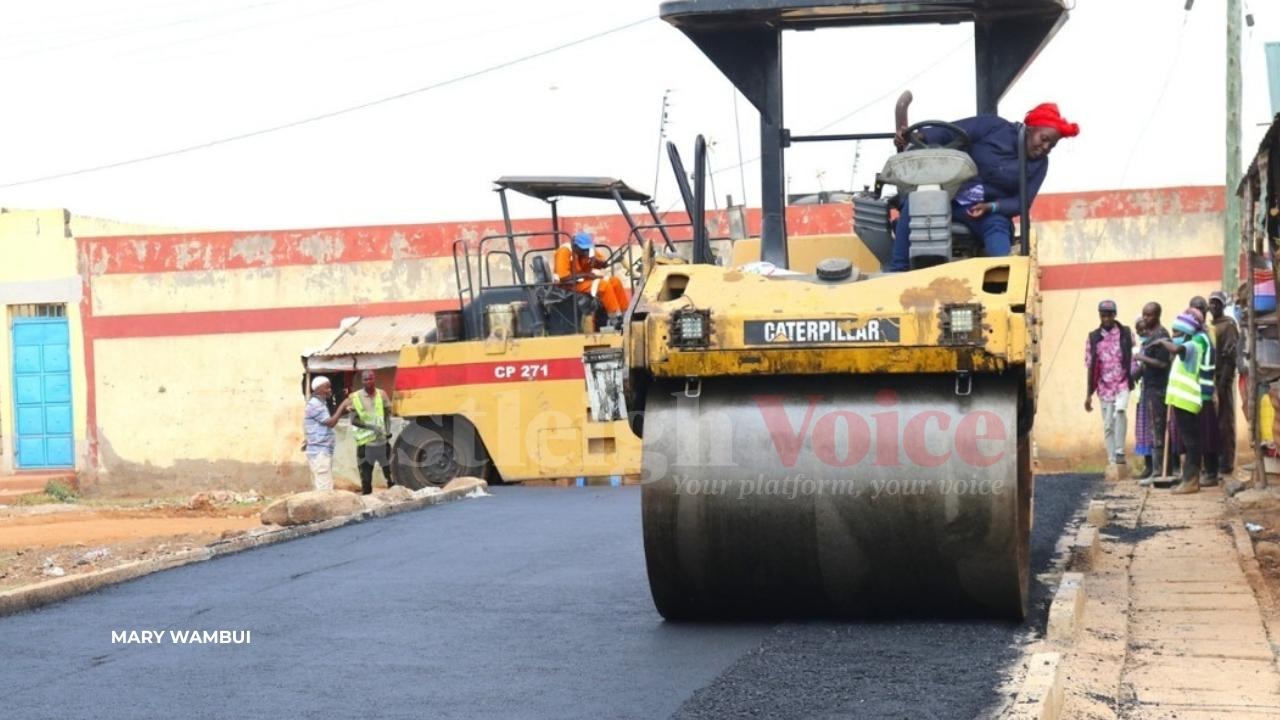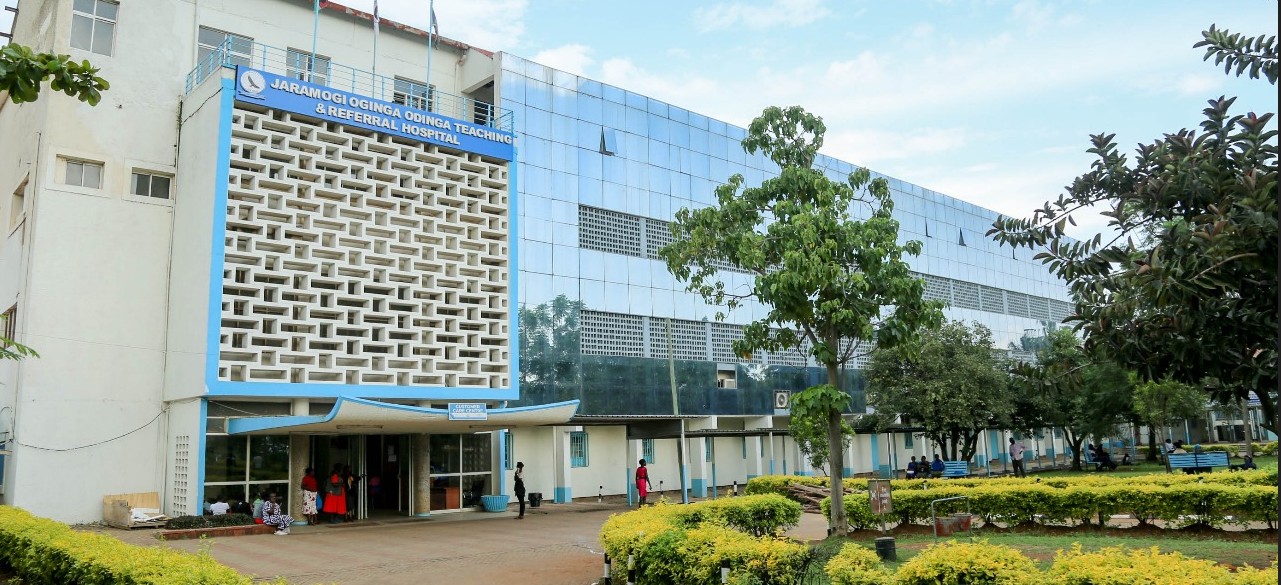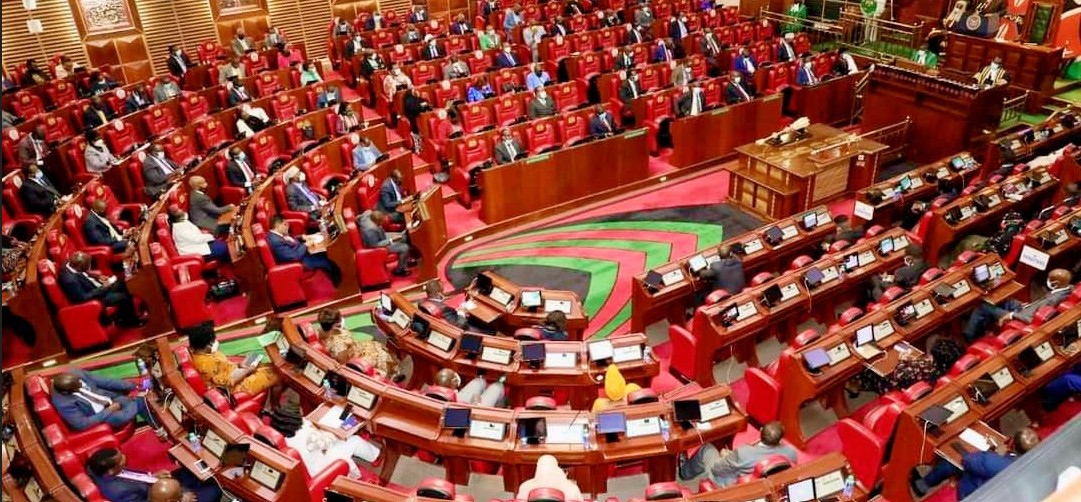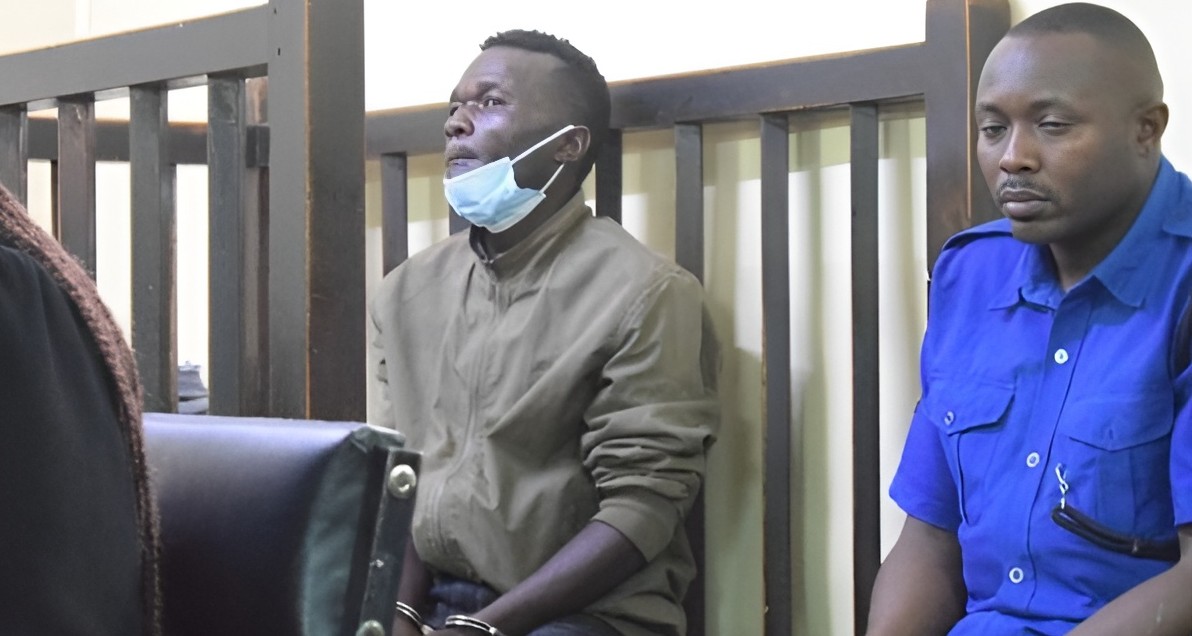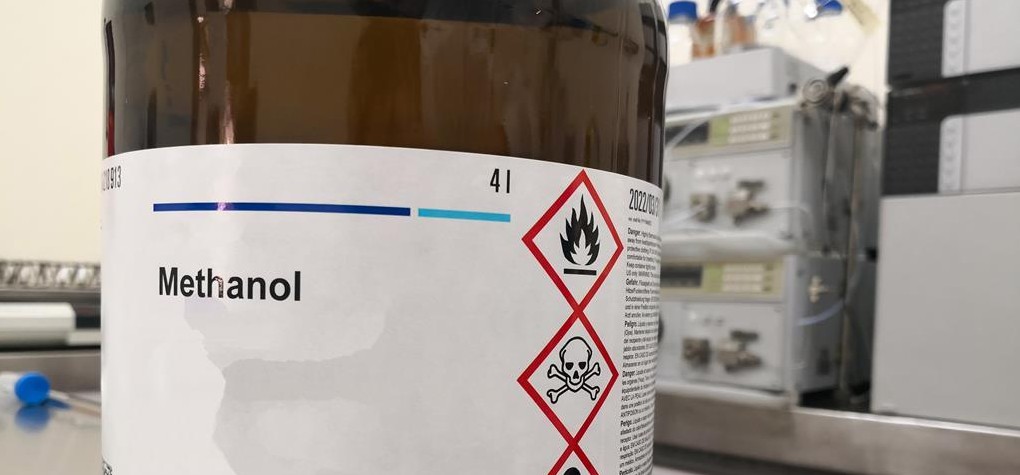Heroines of conservation: Lamu women restore mangrove forests, tree by tree
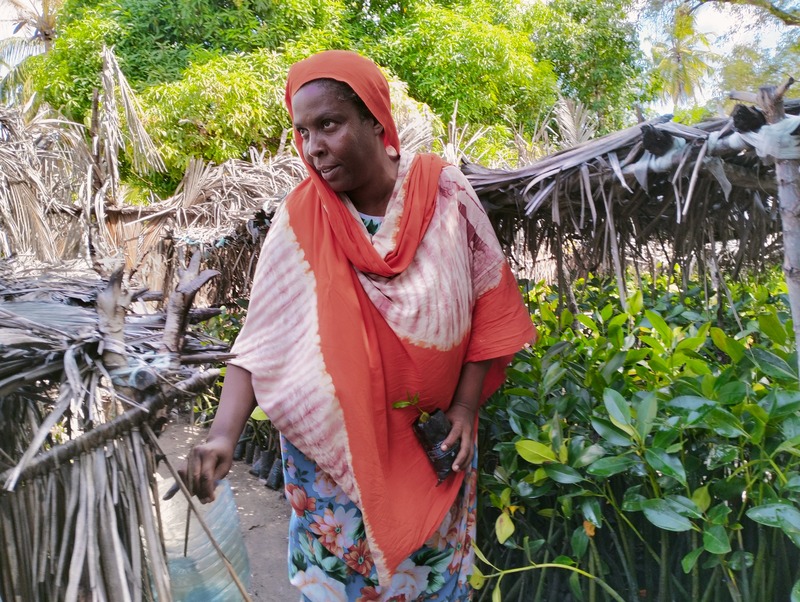
Mangroves are crucial for preventing coastal erosion, providing storm buffers, and absorbing up to four times more carbon than terrestrial trees, making them vital in combating climate change.
In recent years, Lamu women have emerged as heroines in conservation, particularly in preserving the region’s mangrove forests.
Notably, Lamu leads Kenya in mangrove forest cover, with over 65 per cent of the country's mangroves located in this county bordering Somalia.
More To Read
- President Ruto launches nationwide drive to plant 2 billion tree seedlings each year
- Lawyer moves to court to bar Kenya Forest Service from managing City Park
- KFS warns timber, charcoal traders over forged transport documents
- Sandalwood consignment worth Sh7.8 million destroyed in Maralal
- Kenya’s tree-planting drive struggles as budget falls behind
- KFS deploys drones to boost security, monitoring in Karura Forest
The residents of Lamu rely heavily on fishing, which depends on mangroves as they provide the ideal breeding grounds for fish.
Women in villages such as Matondoni, Kipungani, Kitangani, Faza, Mtangawanda, Siyu, Pate, Kizingitini, Mkokoni, Kiwayu, Ndau, and surrounding areas across the Lamu archipelago have taken it upon themselves to plant mangroves, one tree at a time, to fully restore all the depleted mangrove sites.
In these islands, it is common to see women moving swiftly, carrying small black bags filled with seedlings, ferrying sticks, or transporting baskets and jerricans of water to designated points.
What exactly is happening here? One might wonder. But the women have dedicated themselves to maintaining a green environment across the archipelago.
These women have abandoned their traditional income-generating activities, such as weaving, henna decoration, and fishmongering, to focus on restoring mangrove forests and saving this vital ecosystem.
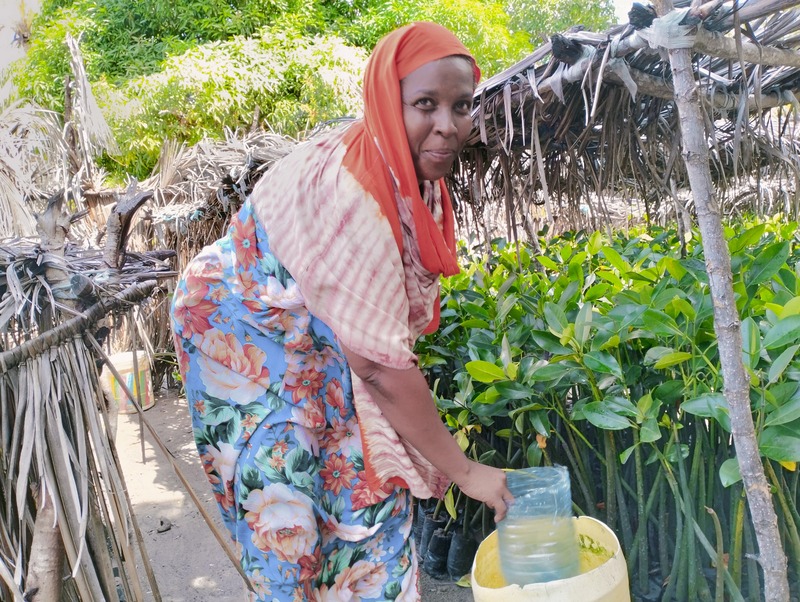 A woman taking care of young mangroves at Mtangawanda in Lamu East Sub-County. (Farhiya Hussein)
A woman taking care of young mangroves at Mtangawanda in Lamu East Sub-County. (Farhiya Hussein)
The women have formed groups and established mangrove nurseries at various locations within their villages.
One such group is the Matondoni Tarazak Women. According to the group’s secretary, Swabra Musa, they turned to mangrove restoration after receiving conservation and restoration training from the Kenya Forest Service (KFS) in 2020.
KFS is a state corporation tasked with rehabilitating degraded natural forests, conserving public forests, and ensuring sustainable forest management.
Musa, 41, recalls that at first, they had no knowledge of mangrove restoration. For decades, they watched as men cut down mangrove poles for construction, furniture making, and other uses, leading to the destruction of the indigenous forest in the Lamu archipelago.
Unfortunately, no efforts were made to replace the felled trees, putting the mangrove forest in danger of extinction.
“We never thought about restocking the felled mangroves until KFS stepped in. KFS officials educated us on how we can ensure sustainable mangrove harvesting while also focusing on restoration,” Musa said.
Through these engagements, the women learned conservation skills, including how to establish mangrove nurseries before permanent planting. Currently, Musa’s group alone has over 18,000 mangrove propagules growing in a nursery.
“As women conservators, we have designated days to collect mangrove propagules and mud from the forest. We germinate and nurture these seedlings in small bags filled with soil and water them until they are ready for planting,” said Musa.
Hafswa Mohamed Tola, 29, chairperson of the Matondoni Umoja Women Group, says they also handle the transfer of mangrove seedlings once they are ready for permanent planting in the forest. Through their efforts, they have restored many degraded mangrove sites in areas such as Mokowe Old Jetty, Bwaishe-Mwalimu, Bambari-Salama, Kipungani, Kililana, and Mkunumbi.
Hafswa explained that the Matondoni women focus on growing four species of mangrove trees in their nurseries: Mkoko (Rhizophora mucronata), Mchu (Avicennia marina), Muia (Bruguiera gymnorrhiza), and Mkandaa (Ceriops tagal), which are commonly used for house construction, fencing, firewood, and charcoal.
Other mangrove species found in Kenya include Mlilana (Sonneratia alba), Mkomafi Dume (Xylocarpus mollucensis), Msindukazi (Heritiera littoralis), and Mkomafi (Xylocarpus granatum).
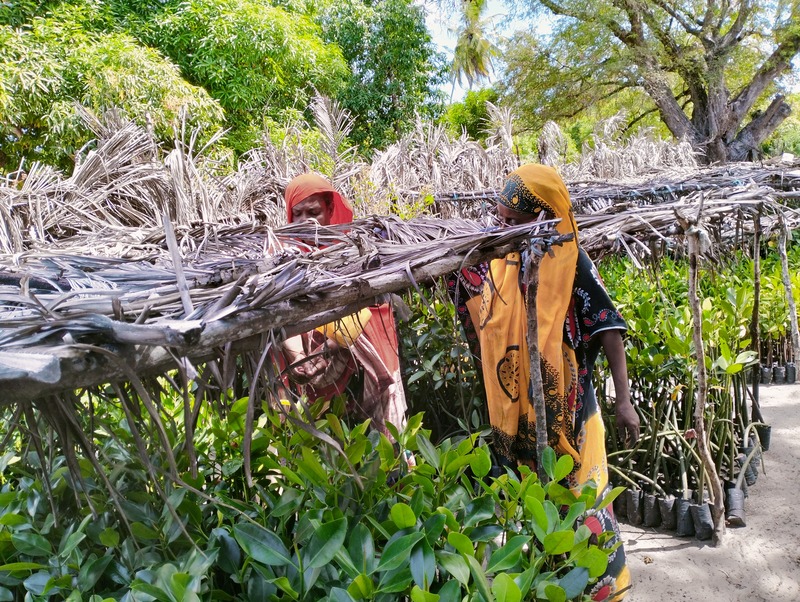 Women taking care of young mangroves at Mtangawanda in Lamu East Sub-County. (Farhiya Hussein)
Women taking care of young mangroves at Mtangawanda in Lamu East Sub-County. (Farhiya Hussein)
Apart from their traditional uses, mangroves provide important timber, furniture materials, and boat masts.
Hafswa revealed that this year alone, their efforts have enabled them to sell over 21,000 mature mangrove seedlings to various environmental conservation organisations.
To support conservation efforts, the women of Matondoni Island often offer free labour to help their buyers transplant the seedlings to degraded sites in Lamu.
“We sell mature seedlings of Mkoko, Mchu, and Mkandaa for Sh50, while Muia sells for Sh70 because it is harder to find and takes longer to grow,” Hafswa said.
The women hope that their mangrove restoration activities will one day become a fully-fledged income-generating venture, replacing their old economic activities.
Fathiya Omar appealed to well-wishers to sponsor their efforts, as they currently depend on a few NGOs to purchase seedlings, which is unreliable.
“We sometimes lose seedlings in our nurseries due to lack of buyers or support to help us plant them, as we cannot go deep into the forest alone,” Omar said.
Lamu County Forest Conservator with KFS, Samuel Lodiro, encouraged the women and the people of Lamu to embrace tree planting, especially mangroves, for their own benefit.
“KFS will continue to partner with women and other conservation groups to advance mangrove restoration in Lamu,” said Lodiro.
Mangroves are crucial for preventing coastal erosion, providing storm buffers, and absorbing up to four times more carbon than terrestrial trees, making them vital in combating climate change. They also provide habitats for various animals, with many reef fish and sharks starting their lives in mangrove ecosystems.
According to a 10-year national management plan published in 2017, Kenya has 61,000 hectares of mangrove forests, 59 per cent of which are in Lamu.
Top Stories Today
